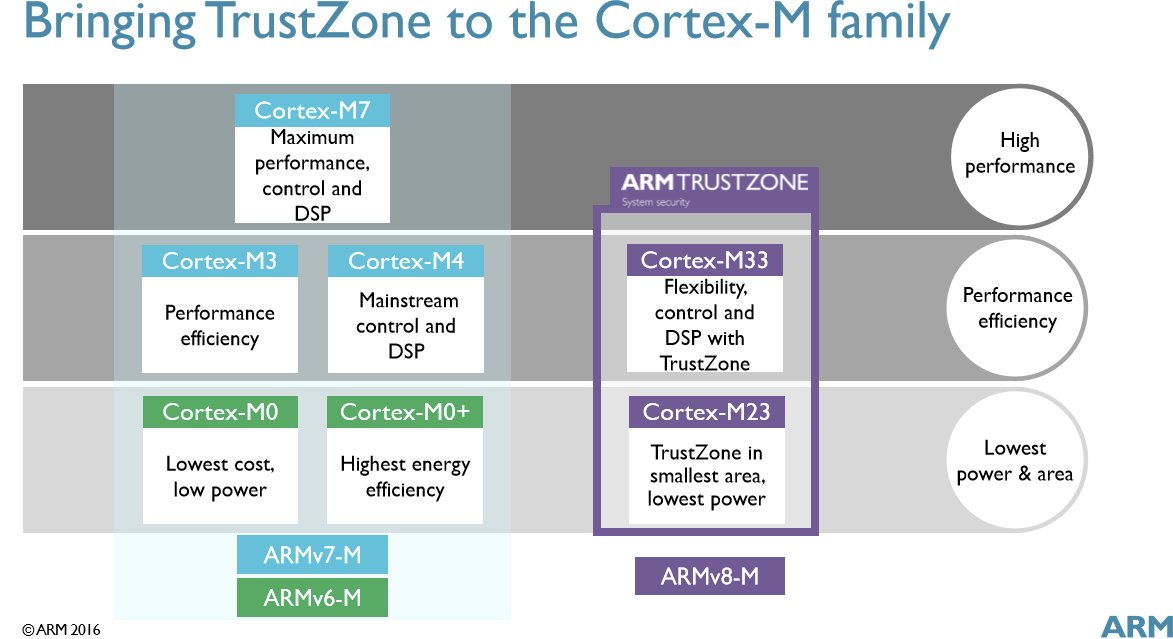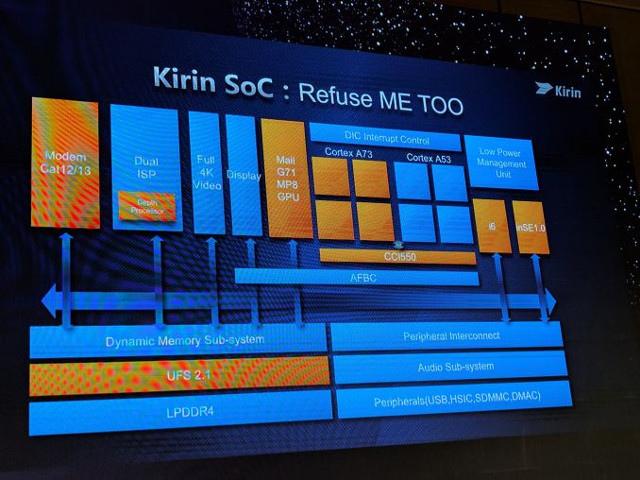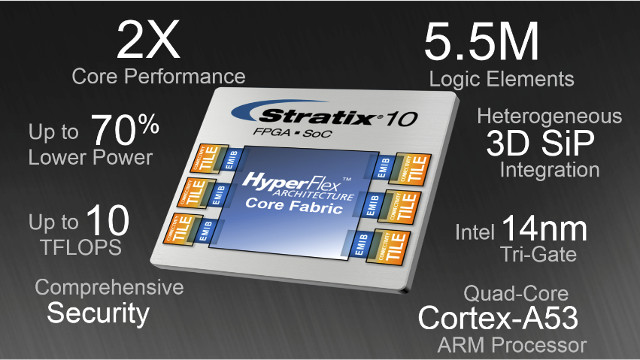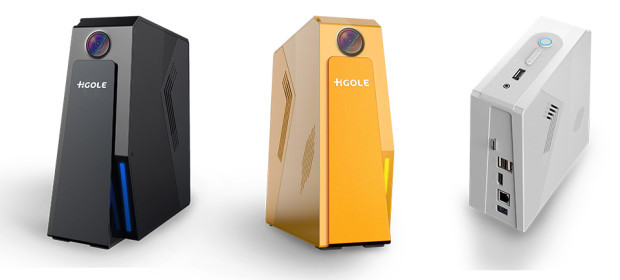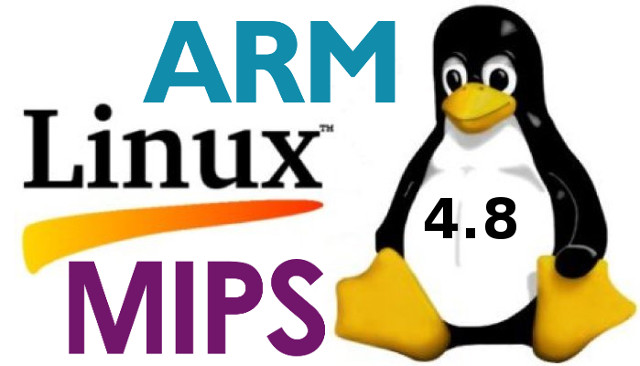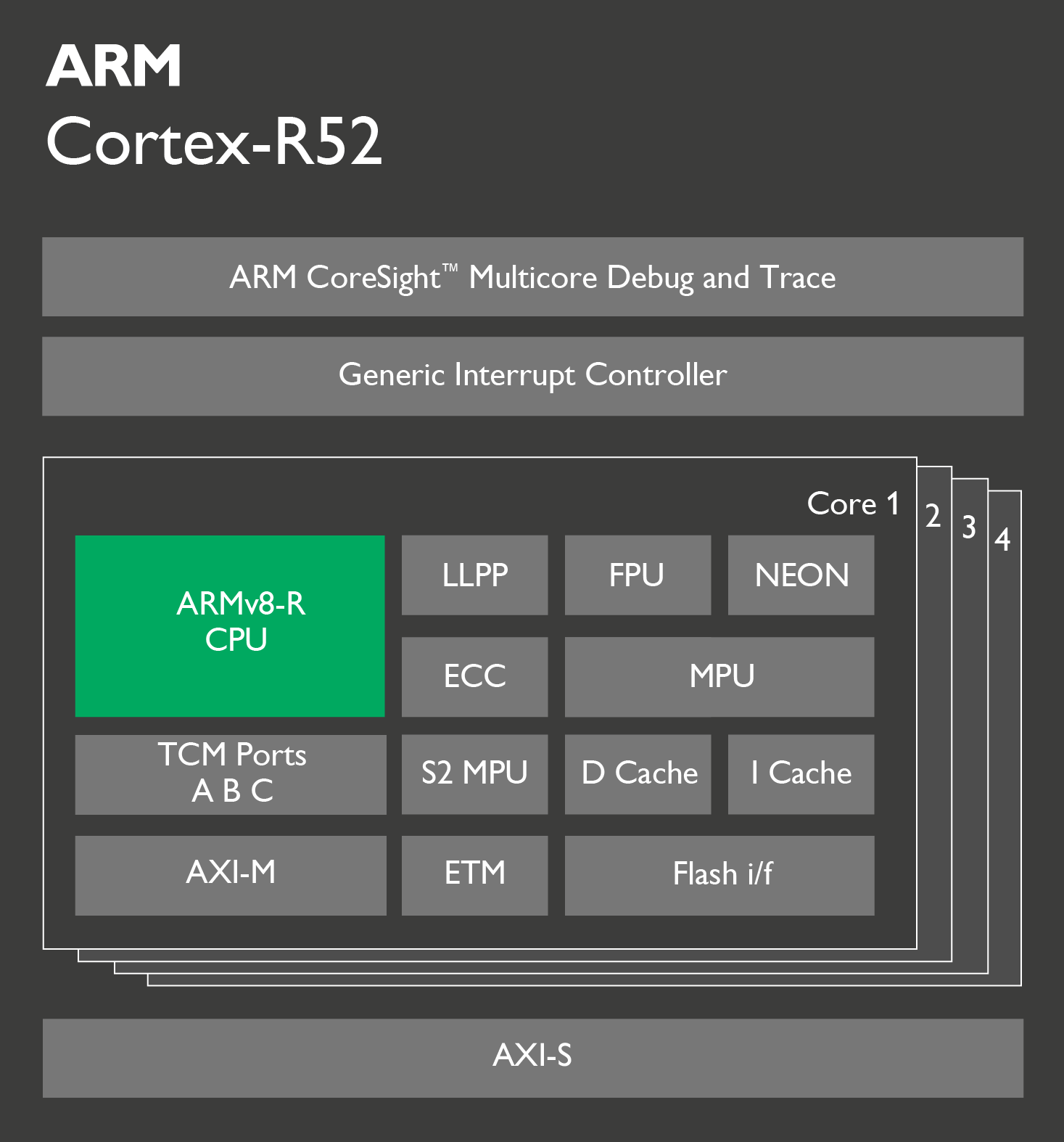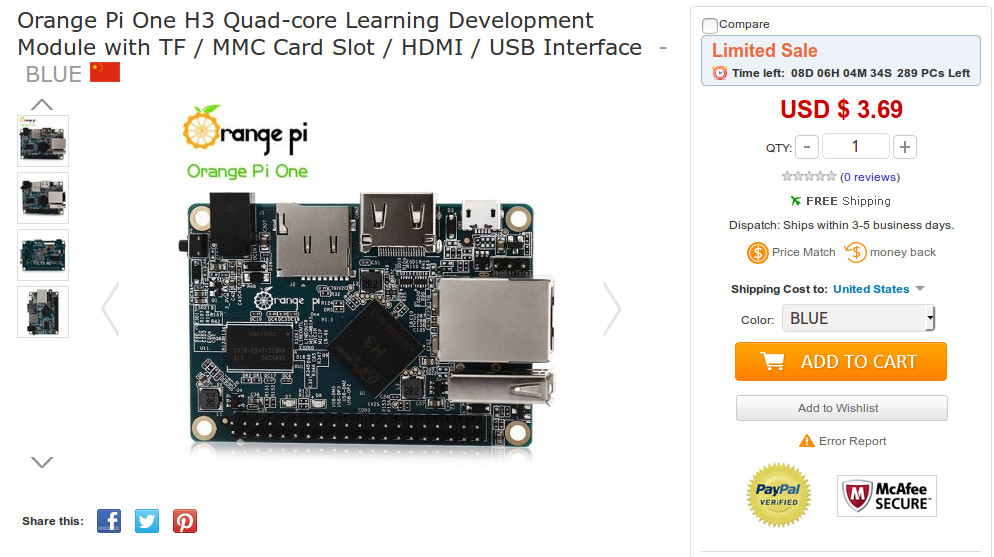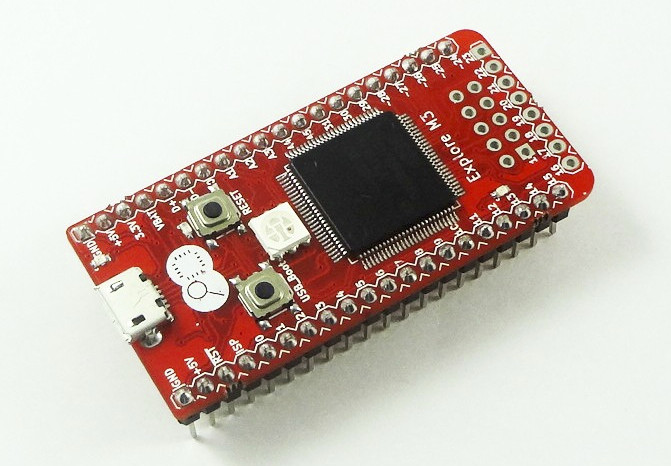ARM TechCon 2016 is now taking place in Santa Clara, California, USA, as ARM has made three announcements for the Internet of Things, the focus of SoftBank going forward, with two ARM Cortex-M ARMv8-M cores integrating ARM TrustZone technology, namely Cortex-M23 low power small footprint core, and Cortex-M33 core with processing power similar to Cortex-M3/M4 cores, as well as Cordio Radio IP for Bluetooth 5 and 802.15.4 connectivity. ARM Cortex-M23 ARM Cortex-M23, based on the ARMv8-M baseline architecture, is the smallest and most energy efficient ARM processor with TrustZone security technology,and targets embedded applications requiring both a small footprint, low power, and security. Its power consumption is low enough to be used in batteryless, energy harvesting IoT nodes, and is roughly a third of Cortex-M33 processor size, and offers more than twice its energy efficiency. Cortex-M23 is a two-stage pipelined processor, software compatible with other processors in the Cortex-M family. […]
HiSilicon Kirin 960 Octa Core Application Processor Features ARM Cortex A73 & A53 Cores, Mali G71 MP8 GPU
Following on Kirin 950 processor found in Huawei Mate 8, P9, P9 Max & Honor 8 smartphones, Hisilicon has now unveiled Kirin 960 octa-core processor with four ARM Cortex A73 cores, four Cortex A53 low power cores, a Mali G71 MP8 GPU, and an LTE Cat.12 modem. The table below from Anandtech compares features and specifications of Kirin 950 against the new Kirin 960 processor. SoC Kirin 950 Kirin 960 CPU 4x Cortex A72 (2.3 GHz) 4x Cortex A53 (1.8 GHz) 4x Cortex A73 (2.4 GHz) 4x Cortex A53 (1.8 GHz) Memory Controller LPDDR3-933 or LPDDR4-1333 (hybrid controller) LPDDR4-1800 GPU ARM Mali-T880MP4 @ 900 MHz ARM Mali-G71MP8 @ 900 MHz Interconnect ARM CCI-400 ARM CCI-550 Encode/ Decode 1080p H.264 Decode & Encode2160p30 HEVC Decode 2160p30 HEVC & H.264 Decode & Encode2160p60 HEVC Decode Camera/ISP Dual 14bit ISP 940MP/s Improved Dual 14bit ISP Sensor Hub i5 i6 Storage eMMC 5.0 UFS 2.1 Integrated Modem […]
Intel Has Started Sampling Altera Stratix 10 ARM Cortex A53 + FPGA SoC
Intel bought Altera last year, which means Intel is now in the FPGA business, and the company has recently announced they had started to provide samples of Startix 10 SoC manufactured using Intel 14 nm tri-gate process. The interesting part if that beside FPGA fabric, the SoC also includes four ARM Cortex A53 cores. Intel / Altera Stratix 10 SoC key features and specifications: Processor – Quad-core ARM Cortex-A53 MP Core up to 1.5 GHz Logic Core Performance – 1 GHz Logic Density Range – 500K LE – 5.5M LE Embedded Memory – 229 Mb Up to 11,520 18 x 19 Multipliers Up to 144 Transceivers up to 30 Gbps data rate (Chip to Chip) Memory Devices Supported – DDR4 SDRAM @ 1,333 MHz,DDR3 SDRAM @ 1066 MHz, LPDDR3 @ 800 MHz, RLDRAM 3 @ 1200 MHz, QDR IV SRAM @ 1066 MHz, QDR II+ SRAM @ 633 MHz, Hybrid […]
GOLE2 Mini PC Comes in Intel and ARM Flavors, Features a SATA Bay and Built-in Camera (Crowdfunding)
GOLE1 was an different and interesting product combining tablet and mini PC features into one, but I found the 5″ screen to be rather useless, and the battery did not work exactly well since it would only charge when powered off. The new GOLE2 mini PC won’t have any of those issues since it does not come with neither a display or a battery, but instead comes into two flavors with a version running Windows 10 on Intel Atom x5-Z8350 Cherry Trail processor, and another running Android based Phoenix OS on Allwinner A64 quad core ARM Cortex A53 processor. The devices also include an HD camera and microphone for video conference, as well as 2.5″ SATA bay implemented through a USB to SATA bridge. Beside the processor and memory, both GOLE2 models share the most of the same hardware specifications: SoC Intel Atom x5-Z8350 “Cherry Trail” quad core processor @ […]
Linux 4.8 Release – Main Changes, ARM & MIPS Architectures
Linus Torvalds has officially released Linux 4.8 last Sunday: So the last week was really quiet, which maybe means that I could probably just have skipped rc8 after all. Oh well, no real harm done. This obviously means that the merge window for 4.9 is open, and I appreciate the people who already sent in some pull requests early due to upcoming travel or other reasons. I’ll start pulling things tomorrow, and have even the most eager developers and testers hopefully test the final 4.8 release before the next development kernels start coming 😉 Anyway, there’s a few stragging fixes since rc8 listed below: it’s a mixture of arch fixes (arm, mips, sparc, x86), drivers (networking, nvdimm, gpu) and generic code (some core networking, with a few filesystem, cgroup and and vm things). All of it pretty small, and there really aren’t that many of them. Go forth and test, […]
ARM Unveils Cortex-R52 ARMv8-R CPU Core for Safety-Critical Systems
ARM has introduced their very first ARMv8-R real-time 32-bit CPU core with Cortex-R52 designed for safety-critical applications in the automotive, industrial and health-care markets. It has been designed to address higher workloads with increased performance (up to 35%) compared to Cortex-R5 processor. The processor should be used in systems capable of fulfilling IEC 61508 SIL 3 and ISO 26262 ASIL D functional safety requirements. ARM explains the new processor address both random errors for example bit flipping from radiation, and systemic errors more related to software or design faults. The latter can be addresses with the right development processes, including following aforementioned functional safety standards, but random errors require some extra hardware features such as ECC memory, or dual core lock step processors, where instructions are run on two processors simultaneously and results compared. Normally, the whole software stack must be validated and certified on safety-critical systems, even for part […]
Orange Pi One Development Board Sells for $3.69 Shipped (Promo)
[Update: Sorry the promo is over, and price is back at $13.79] Last time, we had a promo for Orange Pi PC for $8.57 on GearBest, and it was legit, but quantity limited, so not so easy to get. There’s now another promo from the same parent company, as Orange Pi One is sold for $3.69 including shipping on Everbuying with 289 pieces and about 8 days left. In case you can’t recall Orange Pi One specs, it’s a development board based on Allwinner H3 quad core Cortex A7 SoC, with 512 MB RAM, micro SD card for storage, 10/100M Ethernet, a USB ports, and HDMI output. The best Linux OS for the board is probably Armbian. The normal price is around $13 to $14 shipped. Thanks to Theguyuk for the tip. Jean-Luc Aufranc (CNXSoft)Jean-Luc started CNX Software in 2010 as a part-time endeavor, before quitting his job as a […]
Explore M3 Board based on NXP LPC1768 Cortex M3 MCU Comes with Lots of Tutorials (Crowdfunding)
Explore M3 is an ARM Cortex M3 development board powered by a micro USB port, with plenty of I/Os, Arduino compatible, and the developers have also written many tutorials to help people getting started as fast and easily as possible. A starter kit with cables and sensors is also available with the board. Specifications: MCU – NXP LPC1768 ARM Cortex M3 @ up to 100MHz with 512KB flash, 64KB RAM, USB – 1x micro USB 2.0 OTG port for programming and power Expansion Headers – 2x 20-pin male headers + 8-pin unpopulated header with 38x GPIOs, 4x UARTs, 2x CAN, 2x SPI, 2x I2C, 6x PWM, 5x ADC, 1x DAC, 2x interrupt pins, I2S audio, and power signal Debugging – JTAG/SWD Debug connector Misc – USB boot and reset buttons Dimensions – 55mm x 25mm The hardware is somewhat similar to mbed LPC1768 board but with a few more I/Os. […]


